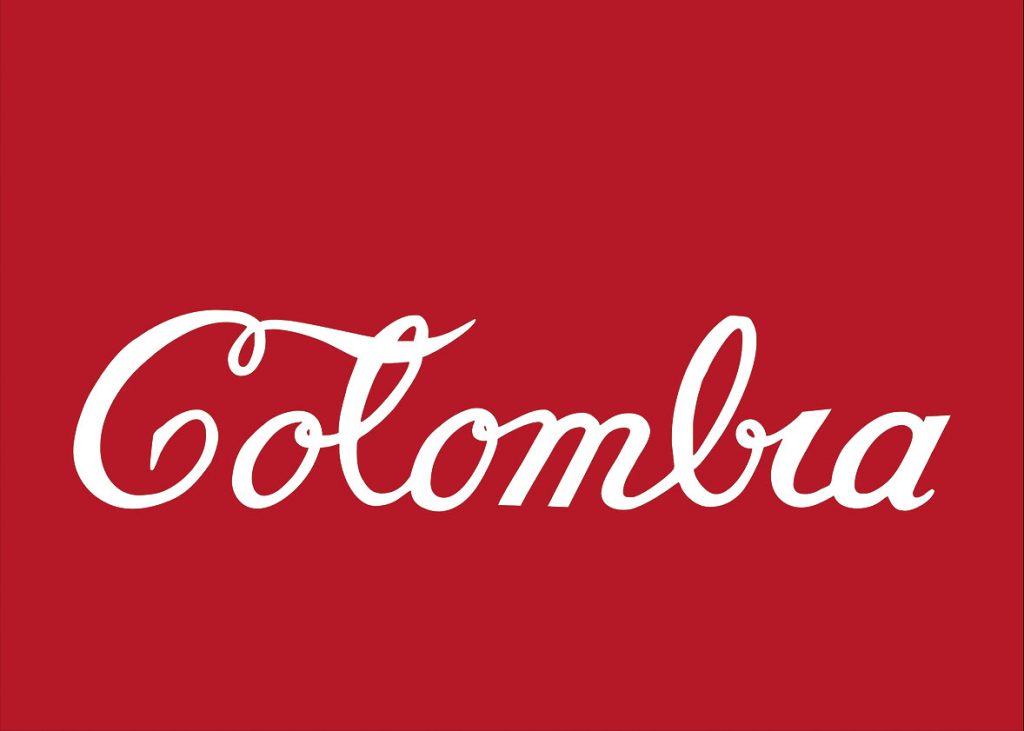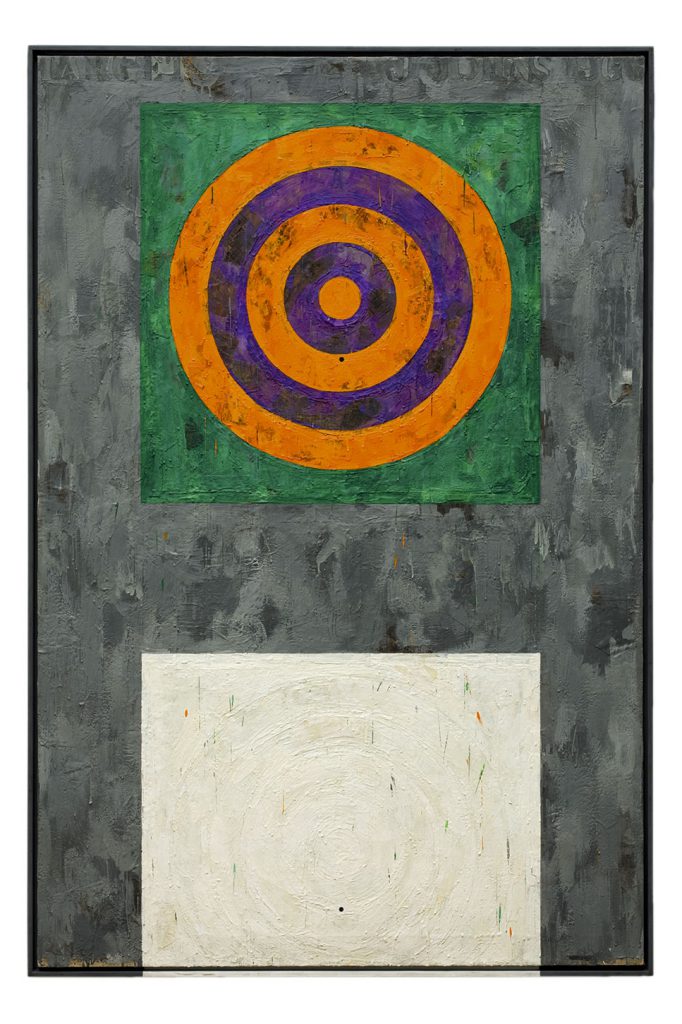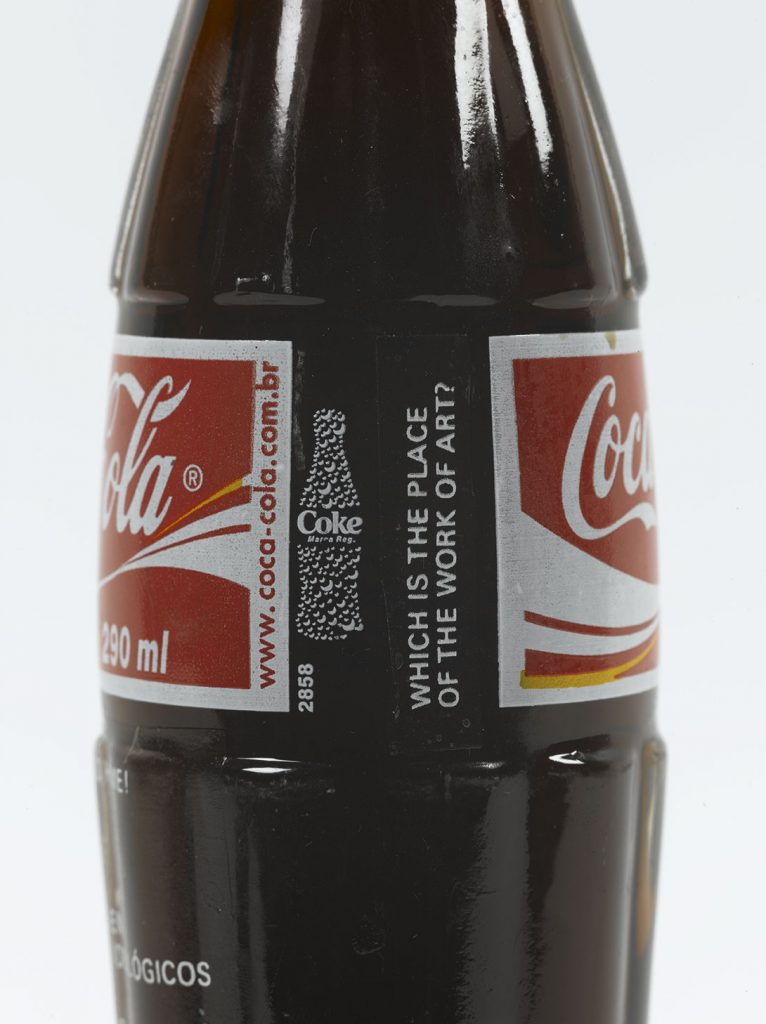THE SOCIAL BODY
PUSHING THE BOUNDARIES DURING TURBULENT TIMES
This gallery features artworks created in response to the violence, repression and social disintegration caused by military dictatorships in Latin America. These artworks take powerful political positions be it through physical artistic action in public spaces, or poetic content denouncing violent atrocities committed by the state.
The artists in this gallery saw art as a way not just of keeping people informed and increasing awareness in repressive societies but also as a tool of cultural and creative resistance and social transformation.
Artists featured:: Arthur Barrio, Oscar Bony, Luis Camnitzer, Walter De Maria, Eduardo Gil, Alberto Heredia, Anna Maria Maiolino, Lygia Pape, Luis Pazos, Lotty Rosenfeld, Aldo Sessa
URBAN CARTOGRAPHIES
In their pieces from the MMK collection, Thomas Bayrle (Germany) and Ed Ruscha (USA), along with their Latin American colleagues León Ferrari, Adolfo Bernal and Cildo Meireles, work with new configurations of human populations and habitats that formed in the 20th century in big cities in Germany, the USA, Brazil and Colombia.
Artists featured: Thomas Bayrle, Adolfo Bernal, León Ferrari, Cildo Meireles, Peter Roehr, Edward Ruscha
THE VIOLENCE OF WESTERN CULTURE
In the mid-sixties, during a generalized radicalization and politicization of artistic practice in Buenos Aires, the artworks of the Argentine artist León Ferrari began to address what he saw as the underlying violence of Western culture. This series, which Ferrari began in 1983 during his exile in Sao Paulo, presented caustic criticisms that exposed the ties between political power and religious institutions in South America.
Artist featured: León Ferrari
WHEN POP TURNED CRITICAL
In the sixties, European and North American pop artists expanded the universe of modern art to include direct references to images originally meant for mass consumption. This represented a watershed moment in avant garde movements: the barrier between high and popular culture was broken down.
In this gallery, iconic works by the American artists Andy Warhol and Jasper Johns from the MMK collection are placed in dialogue with works by the German artist Thomas Bayrle and Latin American artists who used Pop strategies to protest the political and social contexts in which they found themselves.
Artists featured: Thomas Bayrle, Antonio Caro, Ricardo Carreira, Nicolás García Uriburu, Jasper Johns, Jesús Ruiz Durand, Andy Warhol
DOMESTIC SPACE AS A MIRROR TO SOCIETY
The construction of taste, desire and new identities imposed by images in the mass media transformed the private world of the home into a public battlefield where different subjectivities are moulded. Artworks by Beatriz González, combine the traditional tastes of a new social sector; the urban, conservative middle class, with major socio-political issues, are placed in dialogue with the work of Pablo Suárez Patio (1978), from the Moderno collection; the series depicts images that appear to have been frozen in time and objects condemned to solitude.
Artists featured: Beatriz González, Pablo Suárez.
ALCHEMY AND COLONIZATION
In a world rocked by the violence of totalitarian regimes, Mira Schendel, Mathias Goeritz and Liliana Maresca, from Brazil, Mexico and Argentina respectively, sought to create spaces for spirituality. Their works use gold as a symbol for transcendence, commerce and alchemy where the transformation of elements is seen as a metaphor for personal or social transformation. They also included references to religion: Catholicism in the case of Goeritz and Taoism in that of Schendel.
These artworks are placed in dialogue with pieces by the German artist Joseph Beuys and the American artist Walter de Maria, which refer to the energy concentrated in nature.
Artists featured: Joseph Beuys, Walter De Maria, Mathias Goeritz, Victor Grippo, Liliana Maresca, Mira Schendel.
PUNCTURING THE SURFACE
FROM THE MONOCHROME TO THE REAL
With their monochrome paintings, the Argentinian artist Alberto Greco, the French artist Yves Klein and the Italian artist Piero Manzoni took their ideas about painting to an extreme before moving on to experiment with ‘living art’. In the mid-fifties, Klein began to exhibit monochromes that immersed the viewer in the experience of ‘living in colour’. This immersion in colour was accompanied by his attempts to make immaterial artworks that would generate a sensory experience within a void, as seen in the legendary photomontage Un homme dans l’espace! Le peintre de l’espace se jette dans le vide! [A Man in Space! The Painter of Space Jumps into the Void!] (1960) exhibited here. In both similar and distinctive ways, the Argentinian artist Alberto Greco shifted from experimentation with different materials in his black monochromes to signalling people and spaces in artworks.
Artists featured: Flávio de Carvalho, Alberto Greco, Yves Klein, Piero Manzoni
THE BODY IN ACTION
PARTICIPATION AND THE EXPLORATION OF SUBJECTIVITY
In the 1960s, experiments with sensuality and sexuality, as well as new concepts inspired by technological advances and consumerism led to a dizzying transformation in the output of artists from across the world. The traditional artistic object was being deconstructed by artists such as Lygia Clark in Brazil and Franz Erhard Walther in Germany, both of whom sought to explore corporality and subjectivity. They saw art as a place where the body and what the poet, art critic and founder of the Neo-Concrete movement Ferreira Gullar called a ‘non-object’ came together.
Artists featured: Oscar Bony y Pablo Suárez, Manuel Casanueva y Escuela de Valparaíso, Lygia Clark, Leopoldo Maler, Liliana Porter, Charlotte Posenenske, Timm Rautert
This exhibition is suppported by








